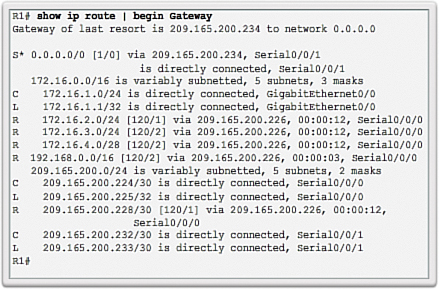Overview:
Admin distance is what is used to select the best path when a router has two different paths to the same destination via two different routing protocols.
Study Notes:

- Most routing protocols are not compatible with other protocols.
- In a network with multiple routing protocols, being able to select the best path between multiple protocols is critical.
- Admin distance defines the reliability of a routing protocol.
- Each routing protocol is prioritized in order of most to least reliable (believable) with the help of an admin distance value.
- IPv6 uses the same distances as IPv4.
- Admin distance is the first criterion that a router uses to determine which routing protocol to use if two protocols provide route information for the same destination.
- Admin distance is a measure of the trustworthiness of the source of the routing information.
- Admin distance has only local significance, and is not advertised in routing updates.
- The smaller the admin distance value, the more reliable the protocol.
- For example, if a router receives a route to a certain network from both Open Shortest Path First (OSPF) (default administrative distance - 110) and Interior Gateway Routing Protocol (IGRP) (default administrative distance - 100), the router chooses IGRP because IGRP is more reliable. This means the router adds the IGRP version of the route to the routing table
Default Admin Distances:
| Route Source |
Default Admin Distance Values |
| Connected interface | 0 |
| Static route | 1 |
| External BGP | 20 |
| Internal EIGRP | 90 |
| IGRP | 100 |
| OSPF | 110 |
| IS-IS | 115 |
| RIP | 120 |
| EDP | 140 |
| ODR | 160 |
| External EIGRP | 170 |
| Internal BGP | 200 |
| Unknown* | 255 |
* If the admin distance is 255, the router does not believe the source of that route and does not install the route in the routing table.
Links:
https://www.cisco.com/c/en/us/support/docs/ip/border-gateway-protocol-bgp/15986-admin-distance.html